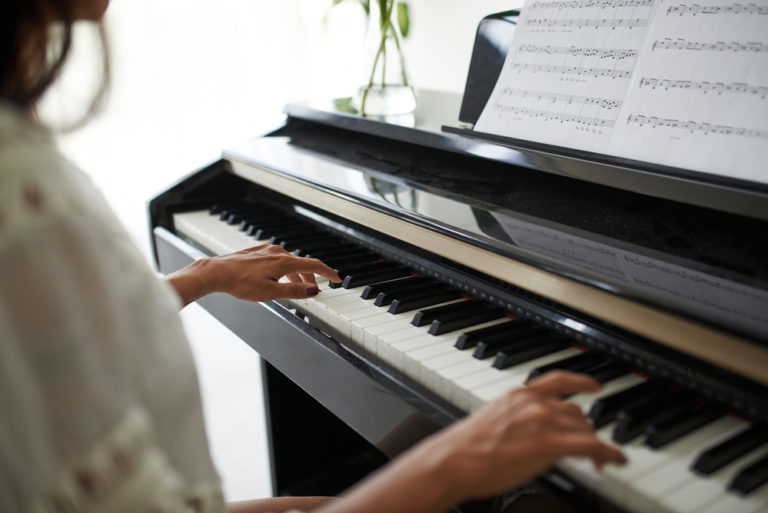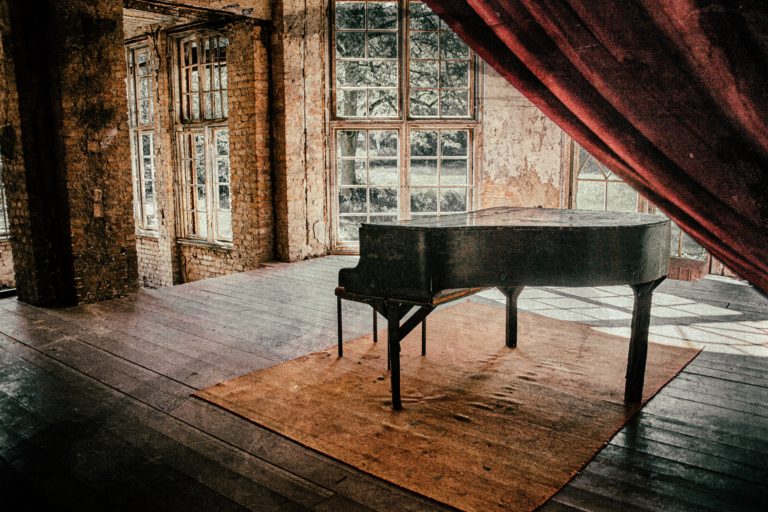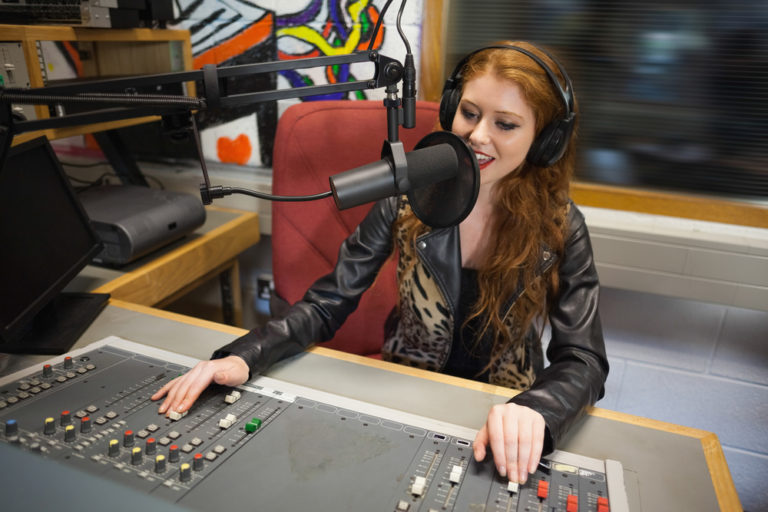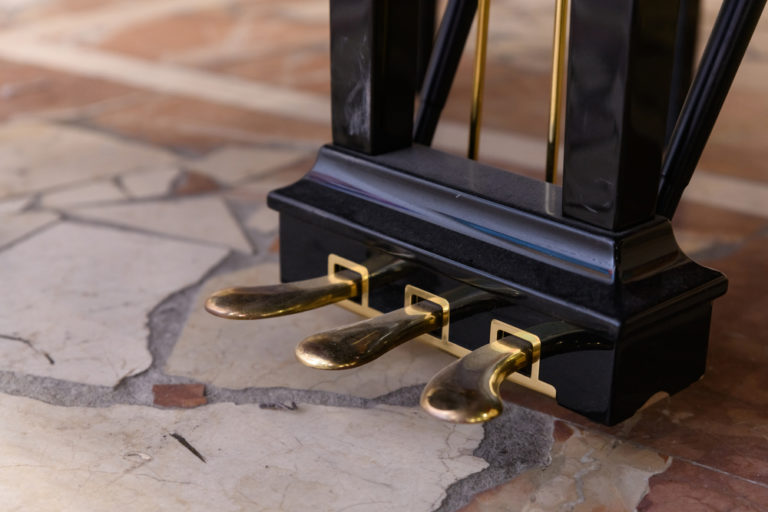15 Practical Guitar Tips for Beginners (2024)
Learning to play any type of instrument requires discipline and determination. The best way to master something is by being self-sufficient, as your guitar teacher won’t always be there to teach you. Here are 15 guitar tips that will make your journey easier, and it will help you develop your skills.
1. Get a capo
A capo is a moveable clamp that can be placed across the fretboard of a guitar (or similar stringed instrument such as the bouzouki or mandolin) to raise the tuning of the instrument (from E standard to F standard if placed on the first fret in E standard tuning).
Essentially, it shortens the length of the strings, sort of like a barre chord without having to use your pointer finger (or ), consider it a guitar trick. The main advantage of using this tool is that the guitarist using it can play songs in different keys while using the open string chord forms.
To understand what the capo does, the nut is the answer.If you think about it, the capo is a moveable nut, much like the finger, but it does not have grooves as its only purpose is to change the pitch of the strings.
From what I know, there is only one size that fits all capo types and every guitar company has its own special twist to its capos. Out of many guitar tips and tricks for beginners, this might be the best in terms of practice.
2. Split your practice into short sections
You have to create a routine of your practice sessions and split it into short sections. Before anything else, you should do a proper warm-up. This is quite important, as everyone, even professionals, do warm-ups before shows, there are no guitar tricks here, only routine.
You have to get that mentality of doing something regardless of how easy/hard it is. It is recommended that you do practice sessions of around 30 minutes a day to get noticeable results.
The best way to do this is by splitting your session into 15 min of working on your guitar learning techniques, and 15 minutes of trying to sing some of your favorite songs, or simply jamming.
When it comes to the 15 minutes of technique workout, try to split them into 5-minute sessions, with one minute pause between them.
Doing more is sometimes beneficial, but you also have to consider the fact that it might lead up to burnout, and thus it’s better to be moderate on your sessions. Keep in mind that there are many guitar tips for beginners out there, but moderation is always recommended.
3. Regular practice beats long hours
Out of all the tips for beginner guitarists, this might be the most crucial. Rehearse often but little, as to get good at guitar. If you let the excitement get the best of you, you might rehearse a day for a couple of hours, and then the following days you won’t want to do anything. So how long to play guitar is recommended?
Try to lower your expectations and practice at least 5 days a week, 15 minutes every day in the beginning. This repetition will help you develop muscle memory and endurance. If you go all out and go for several hours, you will need a longer period of time to heal your fingers, and thus what you’ve learned will go to waste.
You need to create a balance of what you can do, and slowly progress as you feel comfortable. It’s just like doing sports, you are harnessing discipline which will benefit you in the longer term, and thus increase your chances of continuing to play the guitar.
4. Take care of your guitar
Here’s an acoustic guitar tip you might not expect to make a big difference but it does, keep it clean. If you take good care of a guitar, it will take good care of you, just like a car.
A guitar needs to be cleaned from time to time, like once every six months or so, you need to use special wood oil to wash your strings and most importantly, the fretboard. You should also consider using a piece of cloth to wipe the strings after every session to prevent rust.
This not only makes your strings more durable, hence you will replace them after long periods of time, but it will also relieve your fretboard from cracks, dryness, and overall wearout. You may think what does this have to do with playing the guitar.
Well, taking care of it will train your discipline, and as you give more attention to something, you tend to stick with it, in this case, you will take your guitar playing more seriously, and actively doing something that the pros do, don’t be an amateur, and keep your guitar clean! These tips for beginning guitarists are often overlooked, but if you take them into consideration, you will be part of those who will walk beyond the amateur level.
5. Practice scales
A fundamental yet critical part of guitar playing is practicing the scales, regardless if you want to specialize in rhythm or solo parts, it will train both guitar skills. Without scales you can’t play chords, nor do solo parts. Playing the guitar involves synchronizing multiple fingers at once, and the best way to improve your technique is by starting small, practice scales, one finger at a time.
This way you will learn the correct positions, even at a subconscious level, and you will be able to know them by heart and perform chords faster, as well as solos, and all the fun things. The pentatonic scale is the best to start with when it comes to this type of training.
The scale is predominantly used in music genres such as rock, blues, and jazz, however, no matter what genre you are most interested in playing, this scale will serve you well in the long term.
6. Know what to practice next
It doesn’t matter if you choose to learn guitar by yourself or with a teacher as long as you learn it systematically. If you want to become a virtuoso, you should take everything into consideration, and that might include buying a beginner guitar.
However, if you want to play a certain genre, then my best guitar advice is to pick the techniques and theory in a logical manner (i.e. for Metal you learn tremolo picking, palm muting, and tapping, for classical songs and jazz you learn fingerpicking, etc.)
If you are a student who doesn’t have a lot of time to practice, it can be a little bit downing if you don’t have a list of the techniques you want to learn.
Also, the guitarist tips I give to all my students is that you have to have a little ear training, meaning that you have to learn what the notes sound like, how the chords sound like (major, minor, augmented, diminished), and listen to a lot of music.
Some other recommended playing tips are practicing without looking at your hands, or play your guitar with as little light in the room as possible. This is especially true if you plan on doing shows, your eyes won’t help you as much as you think since often, you won’t have enough light on stage.
7. Play slow
Every guitarist loves shredding, and it’s natural for beginners to try it out before they are ready, but here’s the thing, you can only master this technique, and speed in general, progressively. Start by playing slow, and gradually increase the tempo as you feel you are ready.
If you want to play the guitar faster, remember that you can’t master speed by playing fast from the start, as you won’t have endurance, and you will most likely won’t even hit the right strings.
By playing slowly, you naturally adapt to the given tempo, hit the right notes, and move faster.
Your fingers will harden and develop endurance but you must get them accustomed to it first, slowly, otherwise, you are in for a world of pain, and you will tire easily.
Take things slowly, and keep in mind that slow isn’t a handicap, as playing slowly can sometimes be even harder than playing fast. You will master playing guitar fast only by beginning slowly.
8. Learn the CAGED system
Playing guitar better involves the learning of the CAGED System. It describes the layout of the fingerboard by using the 5 major chords (C, A, G, E, D) and using this “map” you can “unlock the fretboard”, the main idea being that all these chords have notes that are found everywhere on the board.
Let’s take the C chord for example: You have 3 notes, the C, the E, and the G and this is where music theory and fretboard knowledge can kick into high gear.
The C chord can have many “chord shapes”, but due to it being only 3 notes, you can play it with a low, open E, the C on the A string on the third fret, and the G on the 5th fret of the D string or the C on the A string on the third fret, the e on the second fret of the D string and an open G string, etc.)
Knowing where these notes are, you can play them all along the fretboard in many different chord shapes. By mastering this system, you will learn guitar faster.
9. Practice the hard stuff
It’s easy to get stuck in the comfort zone and play the same songs you already know how to play, but this won’t get you far. We can’t evolve on anything if we don’t get out of our comfort zone, and this is probably the most noteworthy beginner guitar tips I have to give you.
You must keep your repertoire constantly updated, but if indeed it is too hard for you to let go of some songs you already mastered, try playing them in different styles, or tempo, but the main idea is the same, you need to evolve.
If you remain on the same path what satisfaction can it give you? What is more problematic is the fact that stagnation is present, and it might stick with you and hold your potential.
Work on the hard stuff, try new songs, repeat what you already know from time to time, but always ask more of yourself, and you will be surprised at what you could do. Many tips for guitarists exist around the web, but easy won’t get you far for long.
10. Record yourself playing
Playing on your own has its benefits, however, when you play in front of an audience, or when you are recording yourself, that’s a totally different level, and yes, both things are a couple of times harder.
Recording yourself while you play is among the best tips for beginner guitar players one could ever give to an initiate. It is a natural step and the last one before you should play in front of an audience.
This is the perfect way to keep track of your progress, analyze your techniques, if you are on the right tempo, hear your mistakes, study your finger positions, or you can submit it online for others to either cheer you up or give you some tips.
Another benefit is the fact that you get to make some memories which you can view later in life. Don’t take recording lightly, as it can be the hardest part of playing an instrument, even harder than performing in front of a crowd.
Don’t run away from recordings, and don’t block your ears as you listen, we all make mistakes, it’s only natural, but if we analyze them and improve, then what’s there left to be ashamed of?
11. Focus on one element at a time
It’s easy to get yourself disillusioned and try multitasking randomly, but that won’t get you far, instead, try to focus on one element at a time. You need to become aware of how a technique works, analyze it, work it out, and move on, and this is how you play guitar better in the long run.
The sooner you get to understand these things, the better, don’t randomly play something, although that has its own benefits, you should first train your attention by being focused on one element at a time.
Let’s say you focus on playing a particular riff, after you feel comfortable, you will learn to play it without even giving too much thought, and instead, you will focus on the tempo.
From there, you focus on another thing and so on, and you basically do multitasking without notice, and that’s why it’s so important to stay focused on one thing at a time, then another, and on and on until you do everything naturally without investing too much attention.
12. Learn to mute
When playing guitar, in any genre, you may have some pauses in the melody, which are called rests, or you may have some dynamics which call for a technique called muting.
In heavy metal, from Black Sabbath to Metallica to Rings of Saturn, all these guitarists use palm muting for some riffs
What is palm muting?
Palm muting offers a percussive, short burst of sound. It is produced by placing the fleshy part of your thumb near the bridge and pressing lightly against the strings. For example of palm muting/chugging, I recommend you watch the live video for She-Wolf from Megadeth, where all the riffs incorporate this technique.
What are rest beats?
Rest beats are a percussive fingerpicking technique, usually used in acoustic pop or in flamenco style guitar, where you usually hit the bass strings with the fleshy part of your thumb, much like the palm muting, but instead of placing it lightly, you hit the string in a sort of slapping motion.
13. Learn Barre chords
No matter what tips for learning guitar you adhere to, you have to learn barre chords. Barre/bar chords are open-string chords moved up the fretboard. The technique for this is to imagine that your finger is a capo or a guitar nut that moves along the fretboard.
If you are a beginner guitarist, don’t worry if you don’t have the finger strength just yet, with practice the muscles will learn this new technique.
Let’s take an example of a song (Dani California by RHCP) which uses the same verse bar chords as Last Dance with Mary Jane by Tom Petty and these chords are: A minor barre( bar all notes on fret five from E to e and place two finger – annular and pinkie on fret 7 ) chord, G Major barre ( bar fret 3 and place on fret 5 the ring and pinkie) and D minor barre (bar on 5th fret on A string and place ring and pinkie on fret 7 of the D and G strings) and repeat.
14. Understand basic music theory
Most tips to learn guitar involve the learning of music theory. Why is everyone afraid of theory? In my opinion, people are afraid of music theory because they realize that there is more to music than just hogging on the guitar and going insane.
Here are some of my tips for learning the basics of music theory:
- Use Pascal’s triangle to understand the duration of the notes
- Employ math to understand time signatures
- Think of the numbers in the time signature as 4/4 is 4 ¼ notes, 2/2 is 2 ½ notes, etc.
Knowing only the basics of music theory is quite enough to be able to play guitar, but there are some more intermediate and advanced techniques, especially in the notation of sheet music, that will help you unlock more of your guitar.
For example, there are certain “bullet points” used in notation to depict harmonics, glissandos (or slides), trills, hammer-ons, pull-offs, etc. Music Theory will really help you progress as a musician and to become one in your own right, together with the rest of the beginner acoustic guitar tips we discussed above.
15. Do NOT quit
Now, these tips to learning guitar mean nothing if you quit. Most people will do this in their first week, and you know what happened to me when I first started? I did the same, and I regret it. As time went by, I thought to myself, If I would have practiced all these years, where would I be now?
And you know what? I finally decided to pick up the guitar again, stick to it, and now I can do something that I’ve always dreamed of, express myself, without depending on anyone, and you can do the same, just believe in yourself.
Absolutely everyone reaches that point where you think you can’t progress further, but that is exactly when you need to push things up. If you put the needed hours in it, it’s impossible not to progress. Out of all the guitar playing tips I have to give you is this, don’t quit, you will regret it more than once, and time passes by quickly, irreversibly.







